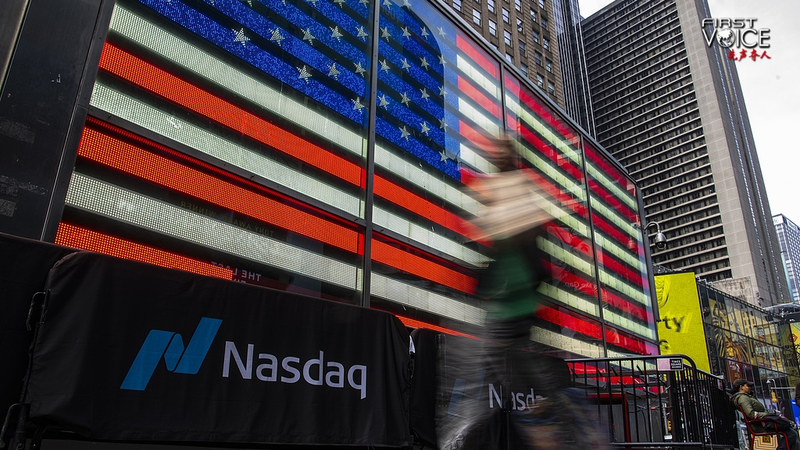When a deep-dive on TikTok reveals how to dodge pricey tariffs, you know something's up. The e-commerce platform DHgate – headquartered in the Chinese mainland – climbed to the top of the U.S. App Store as shoppers shared hacks to sidestep "America First" duties.
On the surface, U.S. tariff policy aims to revive domestic manufacturing, cut trade deficits and bring jobs home. In reality, it's exposing cracks in the economy it's supposed to protect.
Here's what's at play:
- Global supply chain dependence: American firms rely on international networks for parts and raw materials. Tariffs disrupt these flows, raising costs and sapping competitiveness.
- Consumer squeeze: Tariffs act like taxes on imports. While some costs are absorbed by exporters, much is passed on to U.S. shoppers via higher prices. Purchasing power takes a hit.
- Retaliation risks: Trade wars rarely stay one-sided. Other economies often reply in kind, targeting U.S. exports and triggering tit-for-tat duties that shrink global trade.
- Reshoring illusion: Higher labor costs and a shift toward automation mean that tariffs alone can't spark a blue-collar revival. More robots, fewer assembly-line jobs.
Ultimately, the so-called tariff fortress may be more of an illusion. Structural challenges – from skills gaps and aging infrastructure to regulatory complexity – demand targeted reforms, not just rising duties. For young global citizens, entrepreneurs and changemakers, the lesson is clear: lasting growth hinges on innovation and investment, not walls.
Reference(s):
The illusion of fortress America: Tariff wars reveal U.S. weaknesses
cgtn.com




